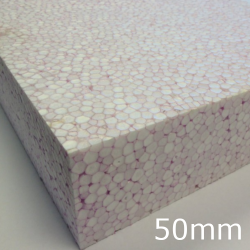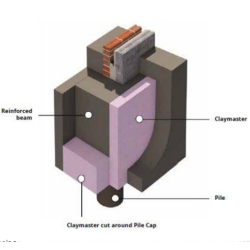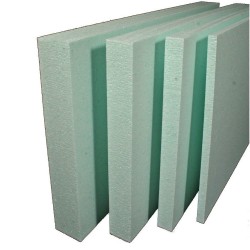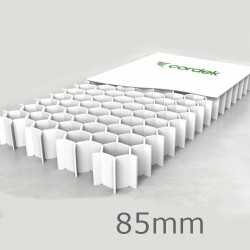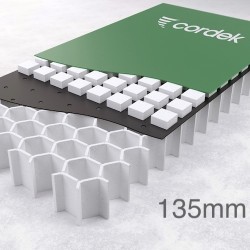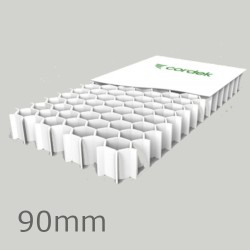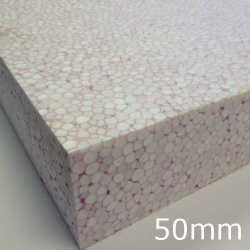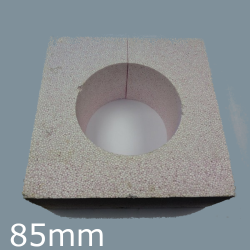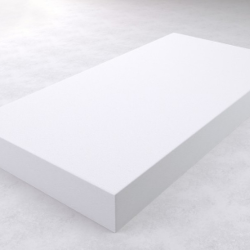Compressible (shrinkable) Insulation EPS
The versatile performance properties of EPS make it suitable for use in below-level applications beyond its service as an insulation material. Its function as an insulation material providing constant long-term thermal resistance, makes EPS the top most construction material to be used for protecting structural elements. Compressible EPS can be employed as lightweight fill material to reduce loads on subsoils or structures or as a structural material between foundations, retaining wall infilling and to support road construction.
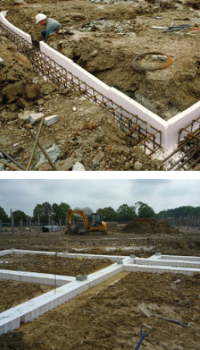
Expanded Polystyrene Insulation (EPS) applied over damp-proofing or waterproofing coatings on foundation walls protects them from damage by providing a monolithic insulation layer to reduce thermal stresses that can cause cracking of concrete walls. The EPS smooth surface additionally acts as a capillary-breaking layer to direct water to drainage. The grooved surface of EPS also provides an additional drainage plane to relieve any hydrostatic pressure that may develop adjacent to the foundation wall and also direct water to the drainage. EPS offers a monolithic insulation layer applied below the concrete slab as part of new construction reduces heat loss and results in a uniform floor surface temperature.
Utility lines are usually placed below the level where frost penetration into the soil is expected to prevent water freezing in them. These utility lines can be insulated with EPS at the time of installation to increase the duration the pipe can store still water before freezing. EPS can significantly reduce loads on buried utility lines because it is very much lighter than other traditional fills with similar compressive resistance properties.
Compressible EPS is a low density expanded polystyrene compressible-fill material which can be used to reduce the pressure exerted on reinforced concrete ground beams or on the vertical face of concrete foundations, caused by the expansions of clay soils--clay heave--during the life of the structure. It is usually used as permanent shuttering for cast in-situ reinforced concrete, around ground beams in piled foundations, and on the sides of trench fills.




































































































































